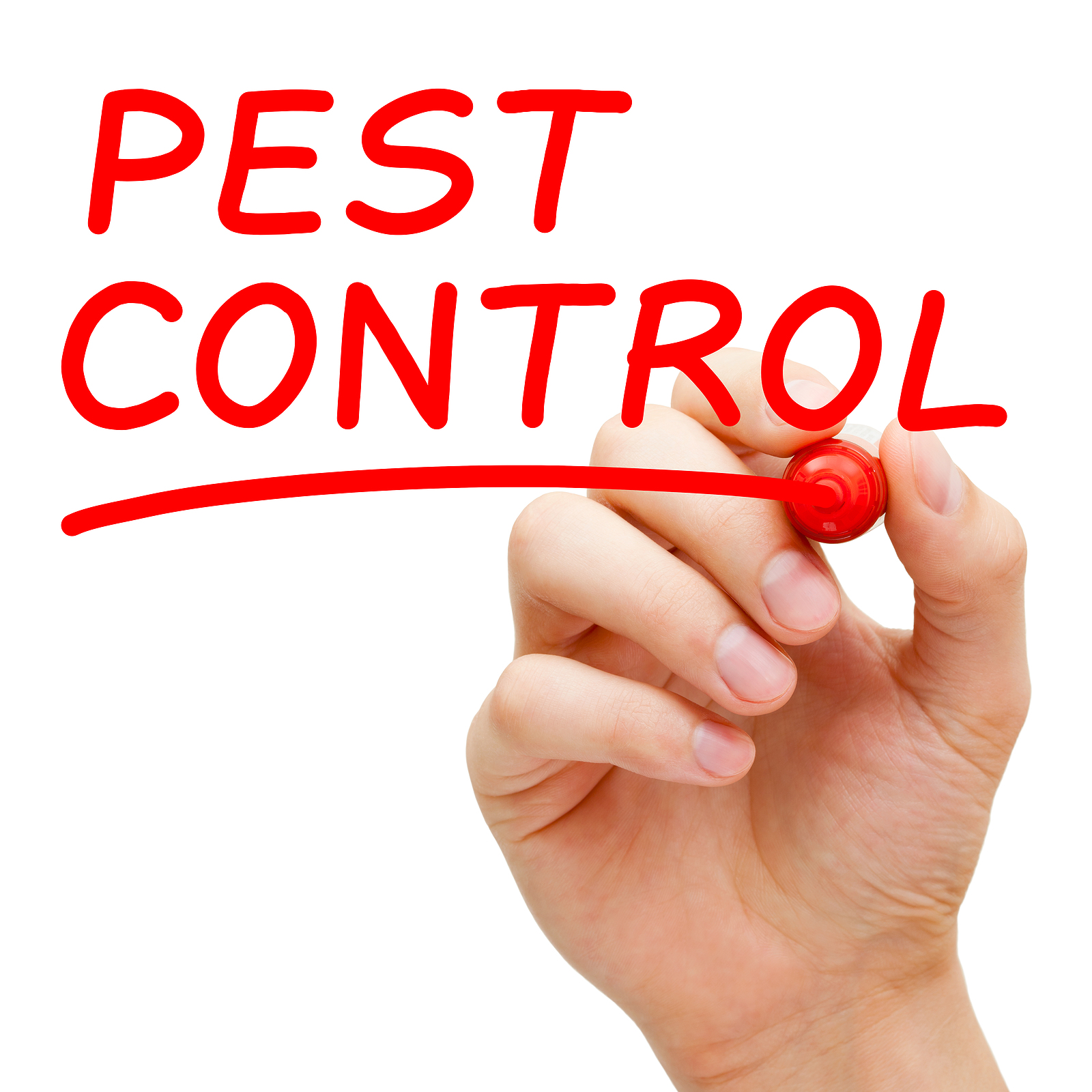What do most art collectors think about when it comes to the safety and integrity of their collections? In the majority of cases, the first thoughts coming to your mind include protection from sunlight, proper climate control, and stable temperature and humidity in the art storage facility. Yet, these protective measures, even coupled with professional and comprehensive packaging, may not be enough if your storage space is subjected to pest infestation. What can pests do to art? And how do you protect artwork from this hazard? Let’s cover the essentials of integrated pest management for art in detail.
Tips for Keeping Your Art Storage Facility Protected from Pest
Unfortunately, pests like webbing clothes moth may creep into your self-arranged storage facility and destroy it. That’s why pest prevention experts recommend taking proper measures to prevent pest infestation.
#1 No Food and Living Plants in the Storage
This is the least demanding yet very effective strategy to keep your art objects protected from pests. Consuming food and drinks in the area where art is stored will inevitably lead to the accumulation of crumbs, which attract mice and insects. Living plants grow in soil, which is a favorable medium for the development of pests.
#2 Building Structure Assessment
The second common source of risk for your art objects is the building where you store your precious belongings. You should conduct a thorough assessment of proper art storage space insulation, such as sealing of doors and windows. If any gaps in the building structure allow pests to get into the storage, you should first correct these flaws.
#3 Risk Evaluation for Art Objects’ Materials
Some materials are more vulnerable to pest infestations because they are attractive to rodents and insects. For instance, webbing cloth loves fur, feathers, wool, and leather, while silverfish often attack paper. Storing art in wooden crates, though more effective as physical protection, is also a source of risk, as wood is an attractive material for pests.
#4 Staff Training and Cleaning
Though pests present a serious risk to any art collection’s integrity, the good news is that you can reduce that risk to zero with proper staff training and regular area cleaning. Dust accumulation is favorable for pest development, so having a HEPA vacuum cleaner in your art storage facility is a good solution for dust removal and disinfection. Don’t use aggressive chemicals for cleaning art storage; consult professional art conservators to design an effective and safe cleaning schedule.
If you’re worried about pests and want to enjoy secure, 100% pest-proof storage, contact Fine Art Shippers. We provide safe and professional storage services of any duration, keeping your art objects intact and safe in an insulated and climate-controlled art storage facility.
